Fish oil supplements have gained immense popularity among pet owners seeking to enhance their animals' health. These capsules, rich in omega-3 fatty acids, offer numerous benefits, from improving coat quality to supporting joint health. However, administering them to pets can sometimes be a challenge. Understanding the proper techniques for feeding fish oil capsules ensures that your pet reaps the full benefits without unnecessary stress or mess.
One of the most common methods for giving fish oil capsules to pets is simply hiding them in food. Many dogs and cats will readily consume the capsule if it’s tucked inside a tasty treat or mixed into their regular meal. Soft foods like canned pet food, cheese, or peanut butter work particularly well for this purpose. The key is to ensure the capsule is entirely concealed, as some pets are adept at detecting and avoiding foreign objects in their food. If the capsule is large, piercing it and squeezing the oil onto the food can be an effective alternative, though this may leave a noticeable fishy odor that some pets might find off-putting.
For pets that are particularly picky or suspicious of hidden capsules, another approach is to introduce the supplement gradually. Start by offering the capsule near their food without insisting they eat it. Over time, as they become accustomed to its presence, they may be more willing to consume it voluntarily. Patience is crucial here, as forcing the issue can create negative associations with the supplement. Some pets may even begin to recognize the capsule as part of their routine, especially if they associate it with a favorite treat or mealtime.
In cases where hiding the capsule isn’t feasible, direct administration might be necessary. This requires gently placing the capsule at the back of the pet’s tongue and encouraging them to swallow. While this method can be effective, it’s important to approach it with care to avoid causing distress. Holding the pet’s muzzle closed and gently stroking their throat can help prompt swallowing. However, this technique should only be used if the pet is comfortable with handling, as forcing a capsule can lead to choking or anxiety. For pets resistant to this method, consulting a veterinarian for alternative solutions, such as liquid fish oil, might be advisable.
Another consideration is the timing of supplementation. Some pets may experience digestive upset if fish oil is given on an empty stomach, so administering it with meals is generally recommended. Additionally, splitting the dosage throughout the day can help minimize any potential gastrointestinal issues. Observing your pet’s reaction to the supplement is essential—some may require an adjustment in dosage or frequency to avoid loose stools or other minor side effects. Always follow the guidance of a veterinarian when determining the appropriate amount for your pet’s size and health needs.
Storage and quality of the fish oil capsules also play a significant role in their effectiveness. Omega-3 fatty acids are prone to oxidation, which can reduce their potency and even lead to rancidity. Keeping the capsules in a cool, dark place—or refrigerating them—can help preserve their freshness. Additionally, opting for high-quality supplements from reputable brands ensures that the product is free from contaminants and provides the intended health benefits. Checking expiration dates and avoiding bulk purchases that may sit unused for extended periods can further guarantee the supplement’s efficacy.
While fish oil capsules are generally safe, it’s important to monitor your pet for any adverse reactions. Signs of an allergic response, such as itching, swelling, or difficulty breathing, warrant immediate discontinuation and veterinary attention. Even in the absence of allergies, some pets may simply dislike the taste or texture of the capsules. In such cases, exploring alternative sources of omega-3s, like fish-based diets or specialized pet treats, might be a more palatable option. The goal is to find a method that works seamlessly with your pet’s preferences and routine.
Ultimately, the success of feeding fish oil capsules to your pet depends on a combination of technique, patience, and attention to detail. Whether you choose to hide the supplement in food, administer it directly, or explore other delivery methods, consistency is key. By taking the time to understand your pet’s needs and preferences, you can ensure they receive the full benefits of omega-3 fatty acids without unnecessary stress. As with any dietary change, consulting with a veterinarian before starting supplementation is always a wise step to tailor the approach to your pet’s specific health profile.
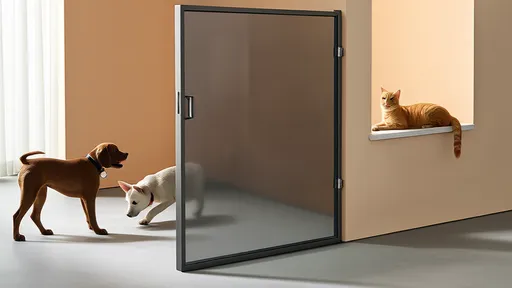
By /Jul 31, 2025

By /Jul 31, 2025

By /Jul 31, 2025

By /Jul 31, 2025

By /Jul 31, 2025

By /Jul 31, 2025

By /Jul 31, 2025

By /Jul 31, 2025
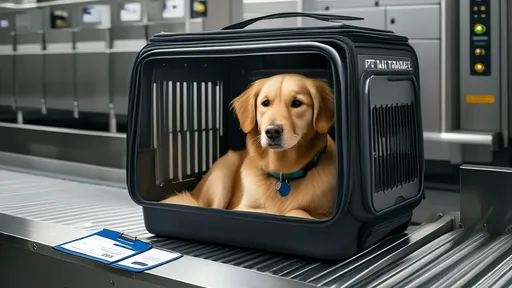
By /Jul 31, 2025

By /Jul 31, 2025

By /Jul 31, 2025
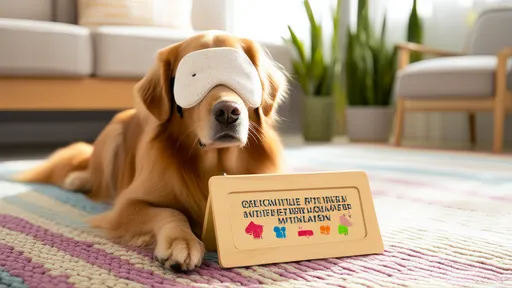
By /Jul 31, 2025

By /Jul 31, 2025

By /Jul 31, 2025
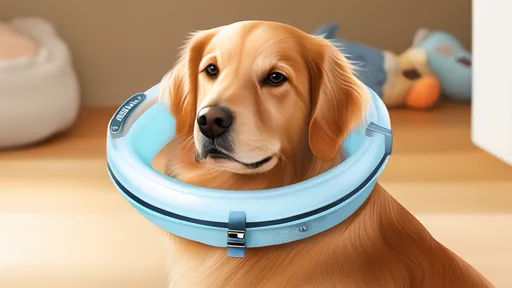
By /Jul 31, 2025

By /Jul 31, 2025
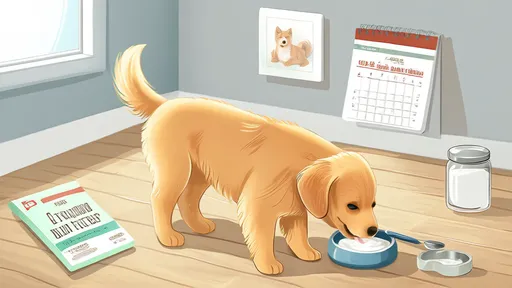
By /Jul 31, 2025

By /Jul 31, 2025

By /Jul 31, 2025

By /Jul 31, 2025